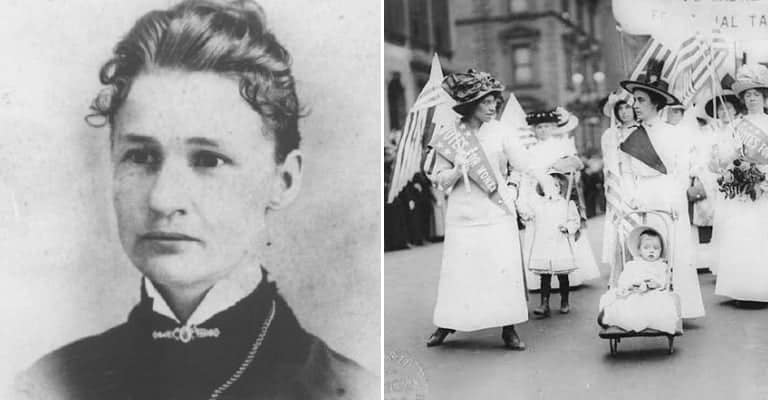Did you know that the first American woman to ever become mayor was elected as a result of a sexist prank that backfired on the pranksters? Or that the first time America suffered an aerial attack, it came at the hands of a drunk pilot? Or that the bomber that dropped the atomic bombs on Japan cost more than the program that led to the creation of America’s nukes? If you did, congratulations: you’re probably a walking encyclopedia of historic trivia. However, if you are like most Americans, those are just a few of many fascinating but little-known facts about the country’s history. Following are forty things about such lesser-known aspects of America’s past.

40. Nominating a Woman to Office as a Sexist Prank
In 1887, a cabal of men opposed to women’s participation in politics nominated a woman for the office of mayor of Argonia, Kansas. However, they were the opposite of fans of women’s empowerment: their aim was to secure an overwhelming defeat for the female candidate that would humiliate women, and discourage them from voting or running for office. In a nutshell, the whole thing was a sexist prank, along the lines of “nyuk, nyuk – a woman mayor. Ain’t that absurd?” type deals, for chauvinists to chortle over.
As seen below, rather than lose, the female candidate, Susanna Madora Salter (1860 – 1961), ended up winning the election convincingly. That made her the first woman ever elected as mayor in American history. Putting even more egg on the pranksters’ face, she went on to capably fulfill the duties of her mayoral office.

